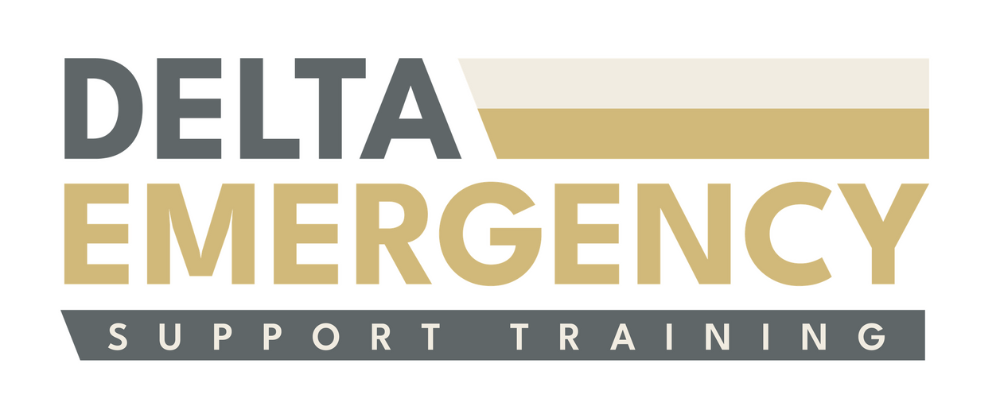Delirium Explained: A Hidden Medical Emergency in Plain Sight
/When a patient seems confused, disoriented, or agitated, it’s easy to assume they’re suffering from dementia, intoxication, or a mental health crisis. But sometimes, those same signs point to something far more dangerous — delirium, a medical emergency that demands quick recognition and intervention.
For first responders and advanced first aiders, understanding delirium can mean the difference between treating a symptom and addressing a life-threatening cause.
🔍 What Is Delirium?
Delirium is an acute, fluctuating disturbance in mental status characterized by confusion, disorientation, changes in attention, and altered consciousness. It develops rapidly — over hours or days — and usually signals an underlying medical problem that needs immediate attention.
In simple terms, delirium isn’t a disease itself — it’s a sign of something seriously wrong happening in the body or brain.
⚠️ Common Causes of Delirium
Delirium can stem from many triggers, and often multiple factors combine. Some of the most common causes include:
Infections (especially urinary tract infections or pneumonia in older adults)
Hypoxia (low oxygen levels)
Hypoglycemia or hyperglycemia
Head injury or trauma
Drug or alcohol intoxication or withdrawal
Medication reactions or polypharmacy
Metabolic disturbances (electrolyte imbalances, dehydration)
Post-surgery or ICU environments
🧠 Recognizing the Signs
Key hallmark: The patient’s condition fluctuates — they may seem fine one moment and completely disoriented the next.
🧩 Delirium vs. Dementia vs. Psychiatric Disorders
It’s crucial for responders to differentiate delirium from other conditions that can look similar.
For first responders, it’s crucial to distinguish delirium from other conditions that can appear similar, such as dementia or psychiatric illness. Although they may share signs of confusion or altered behaviour, the onset, course, and awareness level differ significantly.
Delirium
Onset: Develops suddenly — within hours or days.
Course: Fluctuates throughout the day; the patient may seem clear one moment and severely confused the next.
Attention: Markedly impaired; the patient is easily distracted or unable to focus.
Awareness and Consciousness: Reduced; patients may drift in and out of awareness.
Reversibility: Often reversible if the underlying cause (like infection, hypoxia, or hypoglycemia) is treated.
Example: An elderly patient suddenly becomes confused and agitated due to a urinary tract infection.
Dementia
Onset: Gradual, developing over months or years.
Course: Progressive and steady decline, without the daily fluctuation seen in delirium.
Attention: Usually preserved in the early stages, though memory and reasoning decline.
Awareness and Consciousness: Typically clear until the late stages of disease progression.
Reversibility: Generally permanent; the underlying condition (e.g., Alzheimer’s disease) causes irreversible brain changes.
Example: A patient with year-long memory loss, forgetting names and getting lost in familiar places.
Psychiatric Illness
Onset: Varies — may appear suddenly or gradually depending on the condition.
Course: Usually consistent or episodic rather than fluctuating within a single day.
Attention: Variable; may be intact or impaired depending on the episode.
Awareness and Consciousness: Typically clear; patients are often alert and oriented to person, place, and time.
Reversibility: Variable; some conditions can be managed with treatment or medication.
Example: A patient presenting with hallucinations or delusions consistent with schizophrenia or severe depression.
A quick mental check for responders:
🧭 If the confusion developed quickly, fluctuates, and the patient seems physically unwell — think delirium first.
🚨 Why Delirium Is a Medical Emergency
Delirium often indicates underlying physiological distress — hypoxia, infection, hypoglycemia, or organ failure. Left untreated, it can rapidly lead to permanent brain injury or death.
As a first responder or advanced first aider, your goal is to recognize delirium early, perform a rapid assessment, and ensure urgent transport for medical evaluation.
🩺 Assessment Tips for Responders
When you encounter a confused or altered patient:
Check for immediate life threats:
Airway, breathing, circulation (ABCs).
Rule out hypoxia, hypoglycemia, or trauma.
Assess vitals and look for clues:
Fever → infection
Low SpO₂ → hypoxia
Unequal pupils → neurological event
High heart rate → sepsis or withdrawal
Ask family or caregivers:
“When did this start?”
“Is this normal for them?”
“Have there been any medication changes?”
Observe fluctuation:
Does the patient drift in and out of awareness during assessment?
Document and communicate:
Report the patient’s baseline, sudden change, and possible triggers to paramedics or hospital staff.
🧘 Approaching a Delirious Patient
Stay calm and reassuring. Confusion can cause fear and agitation.
Use simple, clear sentences. Avoid rapid or complex questioning.
Ensure a quiet environment. Reduce sensory overload when possible.
Never argue or restrain unnecessarily. Focus on safety and comfort.
✅ Key Takeaways
Delirium is acute, fluctuating, and reversible — unlike dementia or chronic psychiatric conditions.
It is often a symptom of a life-threatening condition.
First responders play a critical role in recognizing and reporting early signs.
Always prioritize ABC assessment, vitals, and rapid transport.
🩹 Final Thought
Confusion in a patient should never be dismissed as “just old age” or “they’re acting weird.”
Delirium is the body’s alarm bell — and as a responder, hearing that alarm and acting quickly can save a life.




